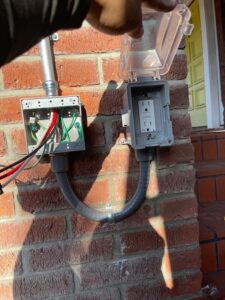 It’s almost impossible to imagine how the world as we know it today would look like without electricity. We definitely wouldn’t be able to do half of the things we so easily take for granted – such as taking a hot shower in winter or enjoying an iced tea during summer.
It’s almost impossible to imagine how the world as we know it today would look like without electricity. We definitely wouldn’t be able to do half of the things we so easily take for granted – such as taking a hot shower in winter or enjoying an iced tea during summer.
Electricity is without doubt one of mankind’s greatest discoveries but it can have devastating effects if not handled properly. Getting shocked or electrocuted is a likely risk. However, the advent of GFCIs (ground fault circuit interrupters) has greatly reduced these risks.
So What Exactly Are GFCI Outlets?
Before we take a look at GFCI Outlets, an understanding of ground faults is necessary. The term “ground fault” refers to the phenomenon in which electrical current bypasses the intended path, usually due to a broken cord or poor insulation, and flows instead through an unintended conductor down to the ground. If it so happens that the unintended “conductor” is a living being, that could lead to severe shocks (or worse, death from electrocution).
This is where GFCIs come in.
What does a GFCI plug do?
A ground-fault circuit interrupter (GFCI) outlet is designed solely to protect people from electrical shocks. When there is an electrical imbalance, a GFCI outlet will automatically trip, protecting you from potential harm. Although GCFIs can also sense ground faults and cut off power, this doesn’t mean you should use them instead of fuses because they won’t prevent short circuits or overloads.
The GFCI is built right into the wall outlet and monitors the current in a circuit in real time, allowing it to detect any changes that could be dangerous. So, if you’re using an electric clipper and it slips from your hand and falls into the bathtub while it’s full of water, the GFCI outlet automatically shuts off the power to prevent any further electrical shock. This is what makes GFCI Outlets different from the average electrical outlet you find in your home – they don’t have such sensors.
Where Should You Install GFCI Outlets In Your Home?
Having GFCI outlets installed is crucial in areas where there is a high risk of electrical shock due to proximity to water. Kitchens, shower rooms, workshops, basements, garages, swimming pools, jacuzzis, fixtures, and anywhere else water and electricity might come into contact all require GFCI protection.
There was a time when GFCI outlets were only required near water, but now they must be installed in all 125-volt, single-phase outlets. Therefore, all dwellings must have ground fault circuit interrupters (GFCIs) installed, as per the NEC. It’s also a good idea to install GFCI Outlets on temporary wiring systems used during maintenance work or building renovations.
Installing A GFCI Outlet In Your Home
While you can easily follow DIY instructions for installing a GFCI outlet, if you want peace of mind that your home is safe from electrical fires, it is best to hire a licensed electrician who can inspect your system and make sure it complies with all applicable regulations.
The Electric Connection offers reasonably priced, high-quality GFCI outlets for residential installation. If you want to learn more, please get in touch with us here.





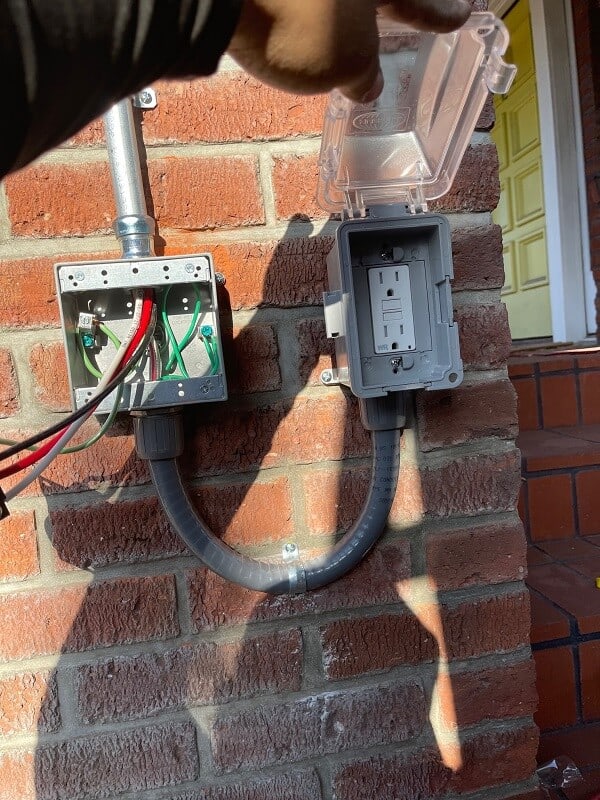
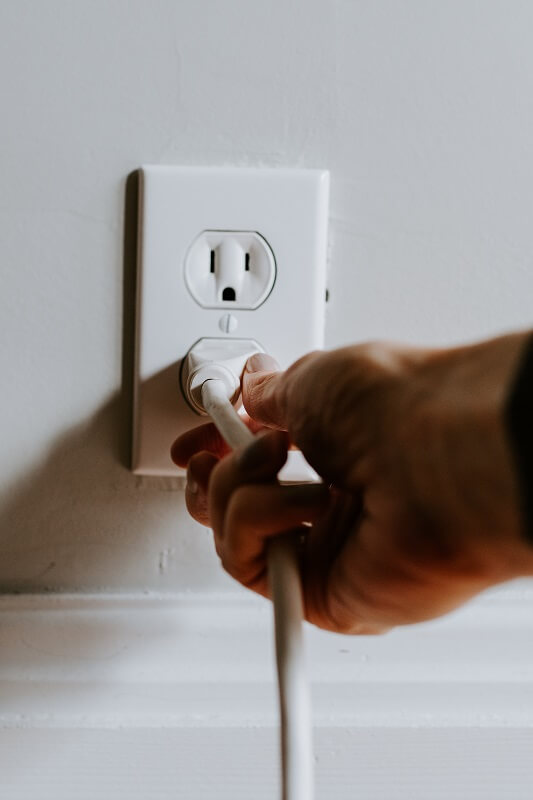
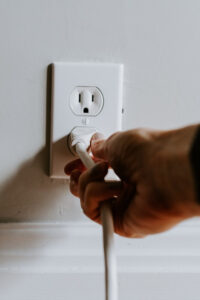 Having a faulty outlet can be hazardous. The start of a house fire can be a faulty outlet. And as an electrical problem it’s not one that you can simply DIY and call it a day.
Having a faulty outlet can be hazardous. The start of a house fire can be a faulty outlet. And as an electrical problem it’s not one that you can simply DIY and call it a day.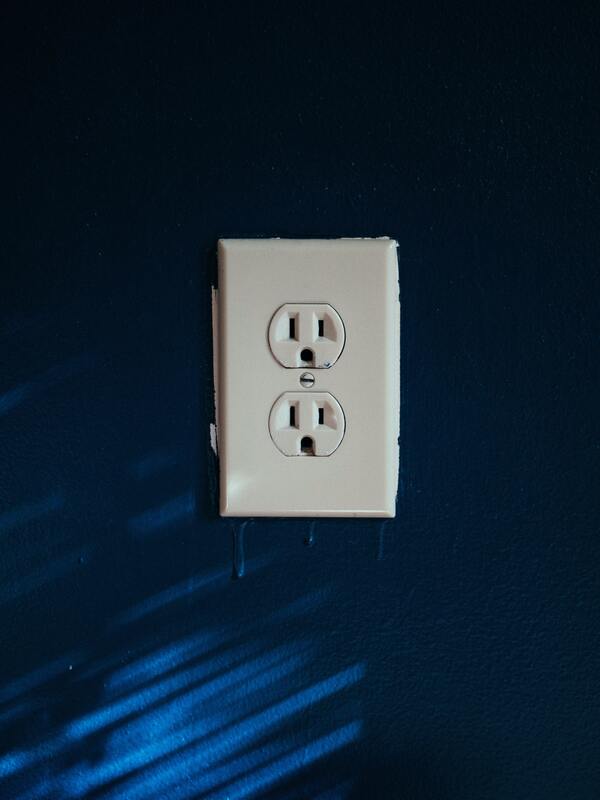
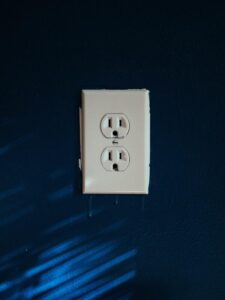 No matter how it seems, fixing a loose outlet is not a job to be taken likely. It’s more than just screwing a few nuts into the wall and calling it a day. Faulty outlets can result in electrical shocks and can even go on to cause house fires.
No matter how it seems, fixing a loose outlet is not a job to be taken likely. It’s more than just screwing a few nuts into the wall and calling it a day. Faulty outlets can result in electrical shocks and can even go on to cause house fires.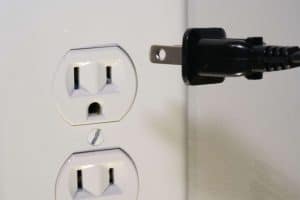 This question would often come up if you are considering doing some electrical work yourself. While DIY is great and even cost-effective for some tasks around the home, electrical works are very different and some rules apply.
This question would often come up if you are considering doing some electrical work yourself. While DIY is great and even cost-effective for some tasks around the home, electrical works are very different and some rules apply. When one or more outlets in the home suddenly stop working it’s easy to assume the worst. Before you panic, it’s good to know that there are some things you can try to solve the problem. However, when these don’t work, be sure to call in the pros.
When one or more outlets in the home suddenly stop working it’s easy to assume the worst. Before you panic, it’s good to know that there are some things you can try to solve the problem. However, when these don’t work, be sure to call in the pros.  Think about it; a wall outlet safe actually looks like a wall outlet. So no one would think to look there for your valuables. A conventional safe, however, is a different matter. It stands out as an easy target for a burglar or friendly neighborhood thief. You may prefer to do without the stress of having a large showy safe. Therefore, it’s no surprise that wall outlet safes are getting more popular.
Think about it; a wall outlet safe actually looks like a wall outlet. So no one would think to look there for your valuables. A conventional safe, however, is a different matter. It stands out as an easy target for a burglar or friendly neighborhood thief. You may prefer to do without the stress of having a large showy safe. Therefore, it’s no surprise that wall outlet safes are getting more popular. 240V circuits often serve heavy-duty appliances in the home like the dryer, AC, ovens, and water heater. When there is a problem with the circuit or electrical outlet, it becomes dangerous to use them. As a homeowner, a few basic tricks can help you assess your electrical components in the home and make informed decisions about them.
240V circuits often serve heavy-duty appliances in the home like the dryer, AC, ovens, and water heater. When there is a problem with the circuit or electrical outlet, it becomes dangerous to use them. As a homeowner, a few basic tricks can help you assess your electrical components in the home and make informed decisions about them.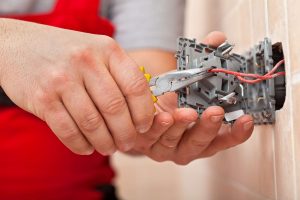 If your home was built before 1971, you will want to take a quick look around your home to see what kind of outlets you have. Technology and electric safety standards are constantly improving. With every improvement, you can feel a little safer and secure in your home when it comes to the electrical wiring and other components. After 1971, new home construction standards required the use of GFCI outlets in some areas where water was a risk factor to electrical appliances. If your home does not have these, it is a good idea to have an
If your home was built before 1971, you will want to take a quick look around your home to see what kind of outlets you have. Technology and electric safety standards are constantly improving. With every improvement, you can feel a little safer and secure in your home when it comes to the electrical wiring and other components. After 1971, new home construction standards required the use of GFCI outlets in some areas where water was a risk factor to electrical appliances. If your home does not have these, it is a good idea to have an